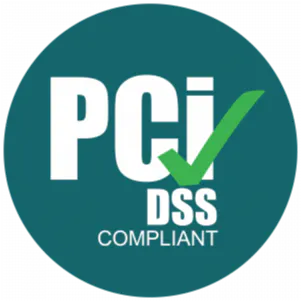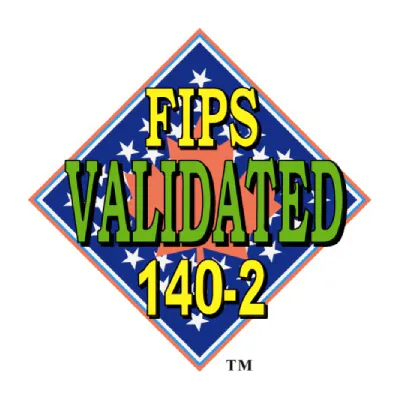Role-Based Access Control
Are you interested in improving the cybersecurity of your organization? Do the stories in the news regarding data breaches impacting even major enterprises frighten you? Take some time to learn secrets management best practices to protect both you and your clients from a costly digital security incident.
Threats will always be around, so businesses need to respond by implementing their own preventative measures. Proactive initiatives like vault secrets management and Role-Based Access Control (RBAC) are essential for keeping sensitive data and services away from prying eyes.
What Is Role-Based Access Control?
Companies today run on a variety of important data, services, and applications that are required to maintain internal workflows. At the same time, exposing these resources publicly can be damaging to the privacy of your employees and customers and hurt your reputation.
So how do you ensure that only the people that need access get it? That’s the job of RBAC, which identifies users in an organization and authorizes a certain amount of privileged access. RBAC works by giving each person or machine a certain role, which determines the level of access to the network that entity has.
Tying Into the Principle of Least Privilege
RBAC is heavily related to the principle of least privilege. The idea is to minimize the attack surface of your business by only giving out the bare minimum amount of access needed to do the job.
If you end up giving anything more, it’s an extraneous privilege that can easily be abused or leaked. Role-based access control should be designed around this principle for best security. It’s among the many best practices the most successful businesses use.

What Are the Benefits of RBAC?
Information security is a vital and complicated matter, so RBAC is a methodology that brings immense benefit to organizations that dedicate themselves to it.
- Streamlining secrets management. RBAC tools typically allow you to change roles quickly and implement them across the business instantly. There’s no more need to fumble around with changing passwords whenever a new entity is added to the network or an existing entity changes roles. Assigning new user permissions is not only faster but also less error-prone.
- Promoting compliance. Governmental regulations require that firms keep cybersecurity in check. RBAC is just another tool you can use to prove your competence in this department. Show that you can manage data securely and carefully watch over access privileges.
- Offering visibility. Network administrators want to know everything that happens security-wise. From privileged sessions to anomalous events, gaining visibility from RBAC gives you peace of mind.
Role-based access control overall improves operational efficiency while still maintaining a high level of digital security.
Our Recommended Best Practices For RBAC
Implementing role-based access control takes time and thought. To make the process easier and minimize workflow interruptions, here is what we recommend.
- Identify what resources need access control. Look through databases, management systems, and other services for users and applications that require privileged access.
- Determine the tiers of access to assign to your roles. Don’t make too many that it becomes difficult to manage, but try to distinguish a basic user from, say, a user from the customer service department, the IT team, or the administrative group.
- Be prepared to make changes over time. New services and employees will be added in the future, and roles will change as the workplace evolves. Any security solution with RBAC as a feature should be flexible enough to support a changing workplace.
- Occasionally perform role audits to ensure that everyone has an appropriate role at all times.
Don’t forget that there are third-party cybersecurity platforms with features designed for role-based access control. One that offers secure remote access and secrets control is Akeyless.
How Akeyless Does RBAC
Akeyless is dedicated to cybersecurity and proper role-based access control. On top of our other security tools like a DevOps secrets vault, our RBAC follows the principle of least privilege mentioned earlier.
To improve operational flexibility, we distinguish among many different Auth methods, like API key, Okta, SAML, LDAP, Azure AD, OpenID, and Universal Identity. Clients with a specific Auth method are given a role, and permissions can be assigned accordingly to each role.










